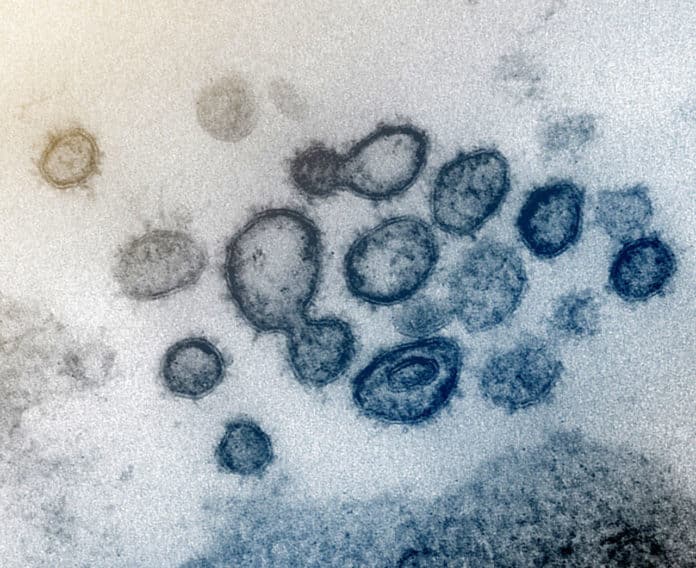In a new study, scientists at the University of California, Davis, are trying to establish if genomic variation in the virus is prescient of changes in infectivity.
Scientists investigated the genomes of 150 SARS-CoV-2 strains, for the most part, from outbreaks in Asia preceding March 1, 2020, just as the study of disease transmission and transmission data for those outbreaks. They characterized outbreaks by stage: index (no outbreak), takeoff, exponential growth, and decrease. The value R sets the simplicity of transmission of a virus, or reproductive number, where R is the average number of new contaminations brought about by each infected person.
They combined all this information into a metric called GENI, for pathogen genome identity.
CoronaVirus has 15 genes that are mutating all the time as it spreads around the world. Most of these changes make very little difference, but sometimes the virus becomes more or less transmissible.
When comparing GENI scores with the phase of an epidemic, scientists found that an increase in genetic variation immediately preceded exponential growth in cases.
Scientists are now planning to conduct a more in-depth analysis with a more extensive set of 2,000 SARS-CoV-2 genomes now available. Scientists believe that combining genomic and epidemiological information in this way could allow authorities to anticipate better where a rapid increase in COVID-19 cases is brewing.
Journal Reference:
- Pandemic dynamics of COVID-19 using epidemic stage, instantaneous reproductive number and pathogen genome identity (GENI). DOI: 10.1101/2020.03.17.20037481
